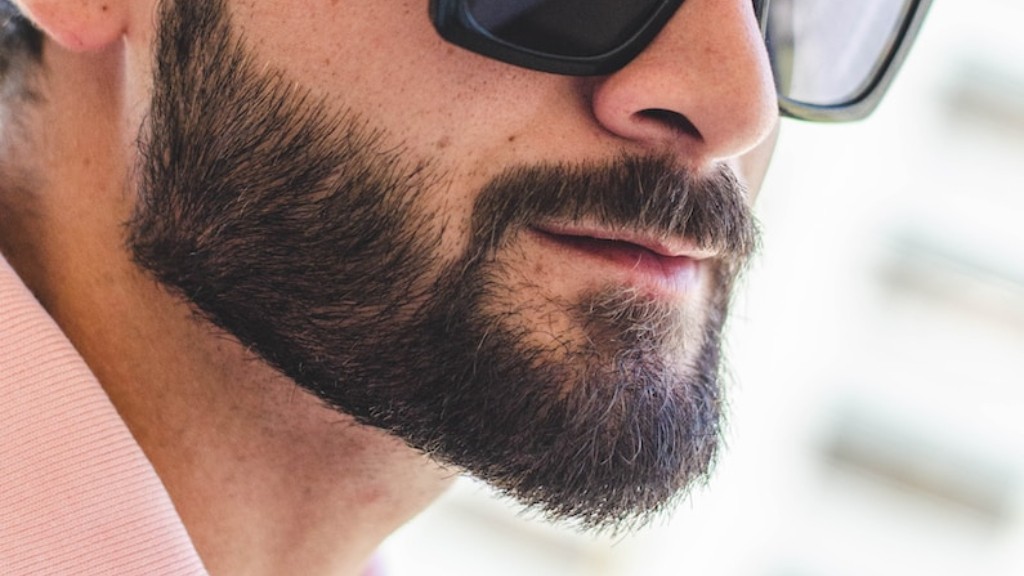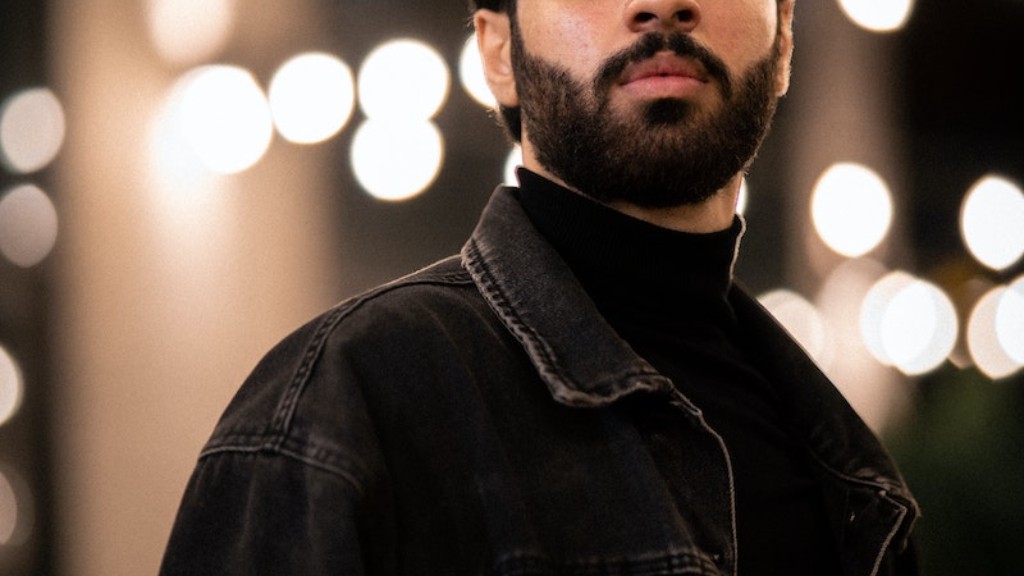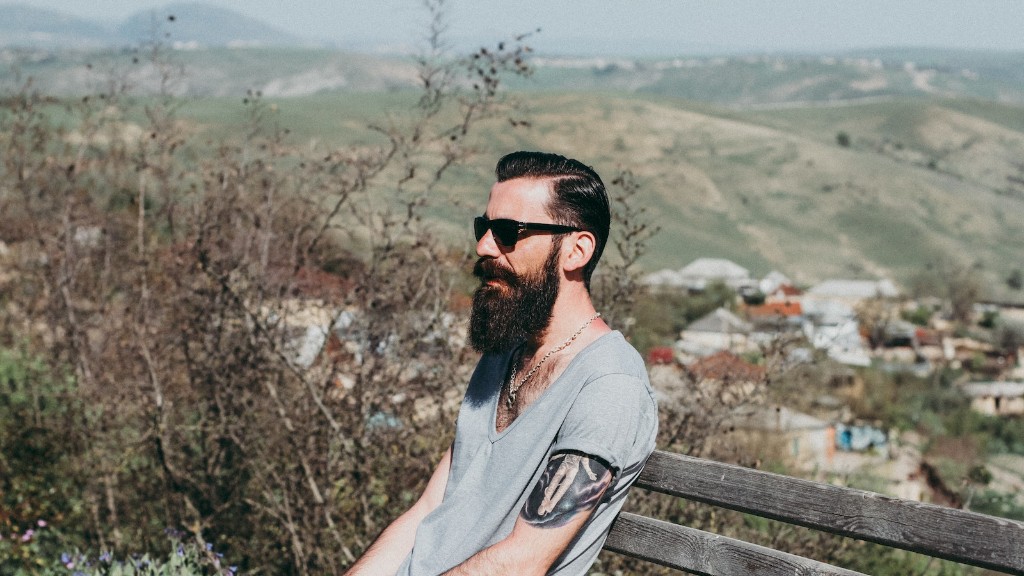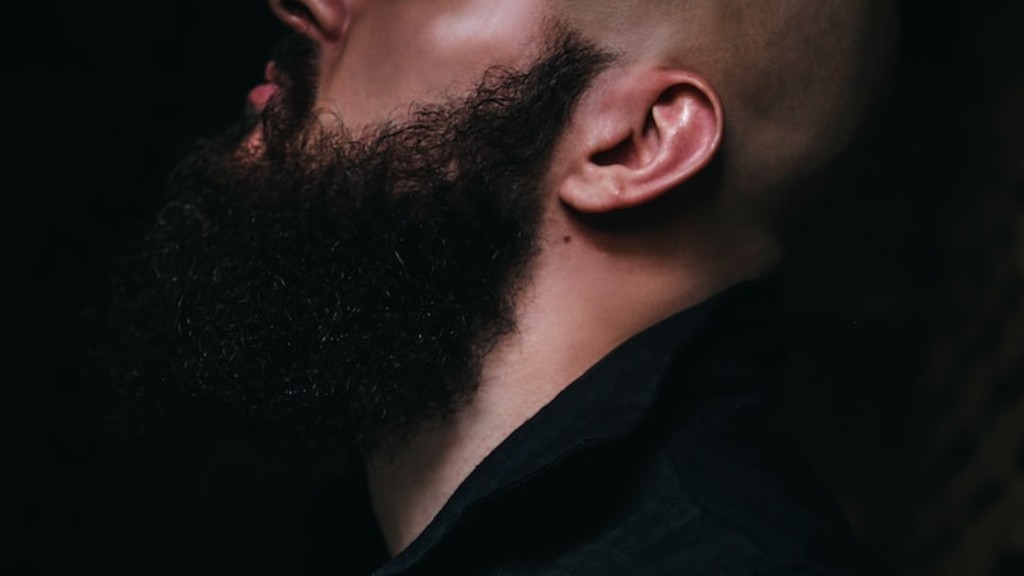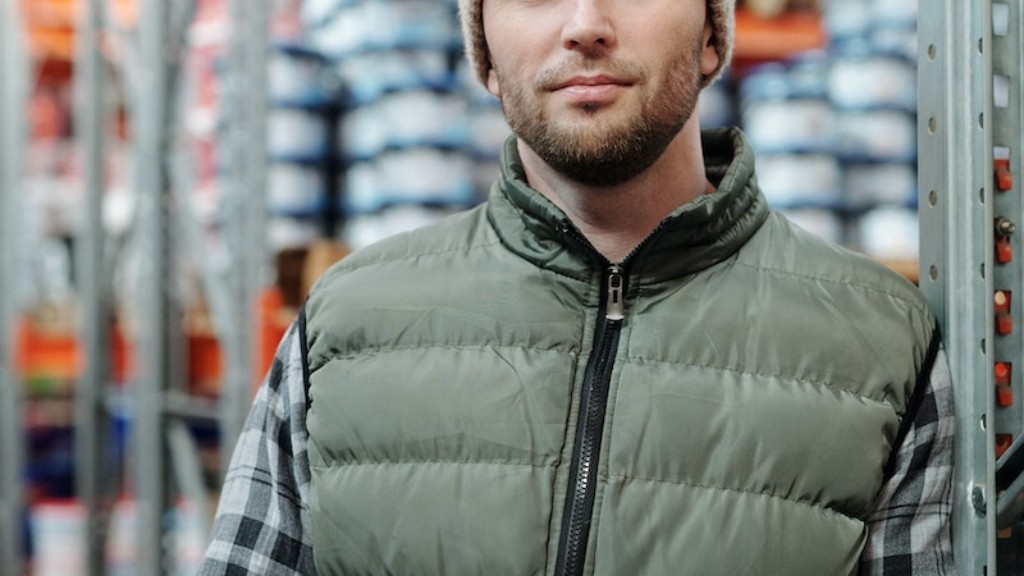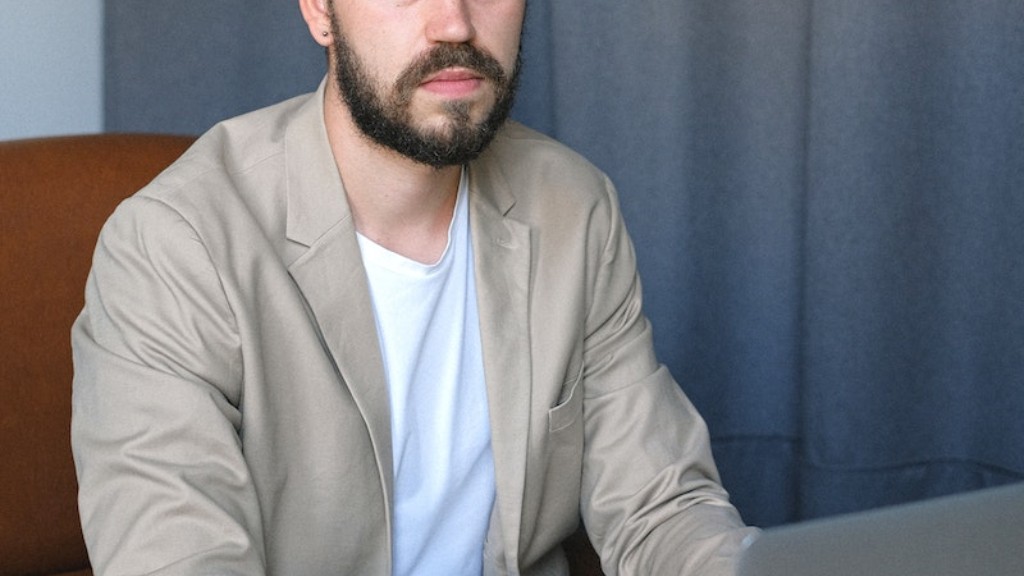Beard transplants are a permanent solution for those who are looking to have a full, thick beard. The procedure involves taking hair follicles from another part of the body and transplanting them into the beard area. This provides a natural looking, permanent solution for those who want to achieve the look of a full beard.
Beard transplants are permanent, but may require touch-ups every few years to maintain optimal results.
How long do beard transplants last?
The donor site heals completely within the first 7 days after surgery. This is because the surgery is minimally invasive and only affects the uppermost layer of skin. The transplanted hair follicles will fall out in about 4 to 6 weeks. This is because the follicles are transplanted along with a small amount of surrounding tissue. The follicles will start to grow again at 12 weeks and will continue to grow throughout life.
Beard transplants are becoming increasingly popular as men seek more permanent, natural-looking results. The FUE (Follicular Unit Extraction) technique used to harvest hair grafts results in very tiny incisions that do not hurt or leave noticeable scars. With proper care, beard transplants can provide excellent results that last a lifetime.
Do beard transplants fall out
Your transplanted hairs will fall out 15-30 days after surgery, but this is good news! Your new beard follicles are just getting ready for a growth spurt. In about 90 days, your beard will have completed its growth and most hair follicles will have settled into place.
If you’re considering a hair transplant, it’s important to know how much it may cost. They can cost upward of $15,000 depending on the number of grafts needed. Partial transplants – to fill in facial areas that currently don’t grow hair – can cost between $3,000 and $7,000, again depending on the number of grafts implanted. You’ll want to discuss this cost with your doctor at your initial consultation.
How many grafts is a full beard?
A full beard transplant typically requires 2,500 to 3,000 grafts. The patient may require additional hair grafts for their sideburns and mustache, depending on their personal goals.
A beard transplant is a surgical procedure that transplants hair follicles from one part of the body to the facial area. It’s usually done to correct patchy or thinning beards. If you’re considering a beard transplant, you may wonder if there’s an ideal age to get the procedure.
While there’s no harm in having a beard transplant at a young age, it’s worth noting that facial hair usually thickens on its own as men approach age 30. So, if you’re patient, you may not need the transplant after all. Of course, the decision is ultimately up to you. Talk to your doctor about your options and what’s best for your individual case.
What are the cons of growing a beard?
Beards are trendy, there’s no doubt about it. But, as with anything trendy, there are downsides. Here are some of the issues you might face if you have a beard:
Acne: Acne is one of the most common skin conditions, affecting around 50 million people in the United States. If you have a beard, you’re more likely to suffer from acne breakouts.
Dandruff: Dandruff (seborrheic dermatitis) doesn’t just affect your head hair. If you have a beard, you’re also more likely to suffer from dandruff.
Ingrown Hairs: Ingrown hairs can be extremely painful. If you have a beard, you’re more likely to suffer from ingrown hairs.
Skin Irritation: Beards can cause skin irritation, especially if you have sensitive skin.
Staph Infections: Beards can harbor bacteria, which can lead to staph infections.
Lice: Yes, lice. If you have a beard, you’re more likely to suffer from lice infestations.
The scalp hair transplant is a minimally invasive procedure that is practically painless. In most cases, the procedure is conducted using the FUE hair transplant technique where the surgeon cherry-picks the required follicles for the procedure. This technique is less painful and is associated with less recovery time as compared to the traditional strip method.
Do I have to shave my head for beard transplant
If you are scheduled for a FUT procedure at HRBR, there is no need to shave your head. The team will trim the small strip of hair at the back and sides of your head that will be removed in surgery.
The scars caused by FUE at the donor site are usually small and can be covered by the new beard. However, there may be small circular scars around the puncture wounds where the hairs are transplanted. These scars are usually also small, but may be more noticeable.
Does hair grow back after beard transplant?
If you have a hair transplant, there are a few factors that will determine if your hair will grow back, and how long it will take for normal hair growth to resume. The type of extraction (FUE or FUT) will affect how quickly your hair grows back, as well as how well you take care of your donor area post-surgery. If you take care of your donor area and give your hair time to heal, you should see new hair growth within a few months.
A beard hair transplant is a surgical procedure that can help add hair to the facial area to create a fuller, more natural-looking beard. The procedure typically involves the placement of 350 to 500 grafts in the mustache area, 600 to 700 grafts in the goatee area, 200 to 250 grafts in each sideburn area, and 300 to 700 grafts in the cheekbeard area.
How much does 2000 grafts beard transplant cost
If you want to undergo a 2,000 grafts procedure, the cost could fall in the range of INR 55,000 to INR 80,000. This cost includes the charges for the surgeon, the anaesthetist, the theatre and the hospital stay. The cost of the grafts would be extra and would depend on the type of grafts used.
More and more smooth-cheeked chaps are undergoing beard transplants to keep up with the latest trends and celebrity styles, according to a new survey. The most popular celebrities cited as inspiration for this growing trend are Brad Pitt, George Clooney, Ben Affleck, Colin Farrell, Zac Efron, Tom Hardy, Gary Barlow and Leonardo DiCaprio.
So why the sudden craze for facial hair? The survey found that the majority of men believe that having a beard makes them more attractive to the opposite sex, and also makes them feel more masculine and confident.
If you’re considering a beard transplant, it’s important to do your research and find a reputable surgeon who can give you the results you’re looking for. And remember, just because the celebrities are doing it, doesn’t mean it’s right for everyone – so think carefully before you take the plunge!
What are the side effects of beard transplant?
A beard transplant is a surgical procedure to implant hair follicles into the facial skin. One of the main side effects of a beard transplant is hair shedding, ironically. This is a normal step of the healing process, however, as the implanted hair typically falls out but new healthy hair will regrow in its place. Swelling and redness are the most common side effects.
There is no set answer to this question as the number of hairs per graft can vary depending on the individual. However, on average, an healthy hair graft can contain 1-5 hair follicles. Therefore, if we assume that the average hair/graft ratio is between 18 – 22, this would mean that 3000 grafts would contain a total of 5,400 to 6,600 hairs.
Warp Up
Beard transplants are considered to be permanent. The transplanted hair follicles will continue to grow for the rest of the patient’s life.
Yes, beard transplants are permanent. The transplanted hair follicles will continue to grow for a lifetime.
